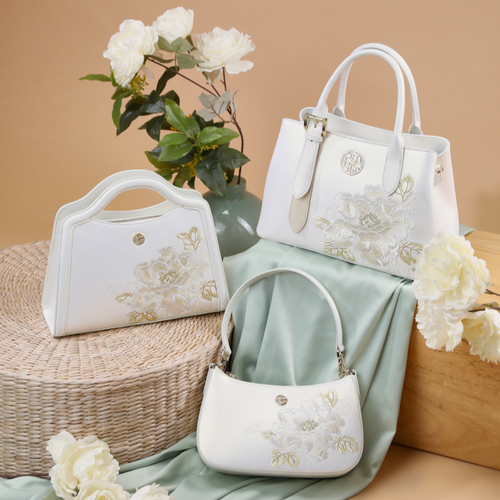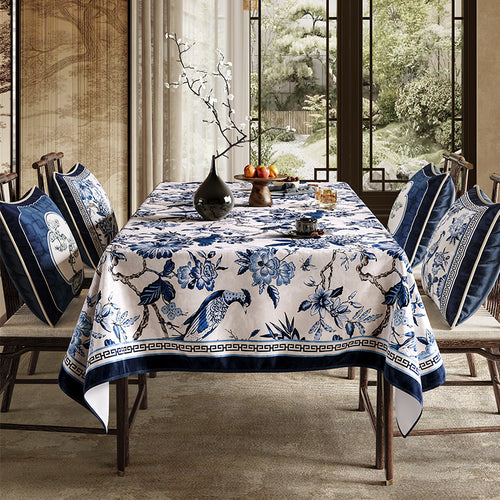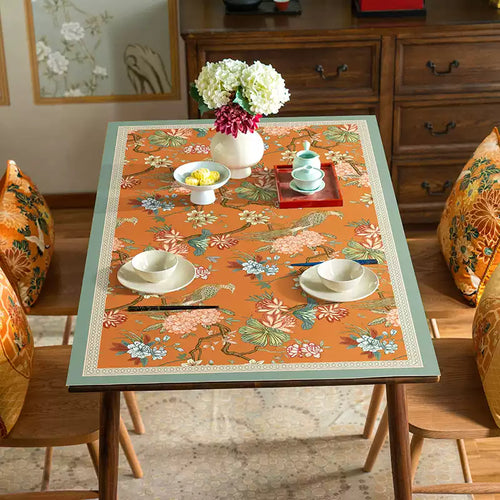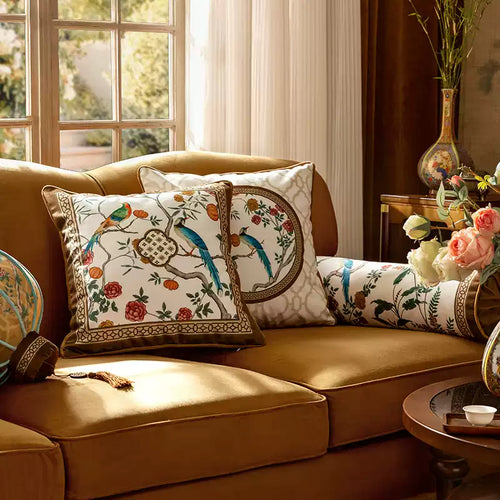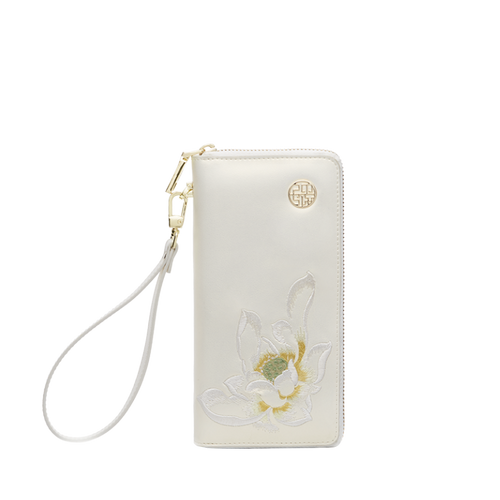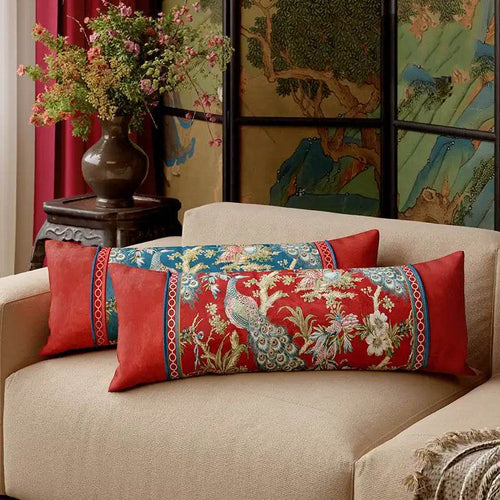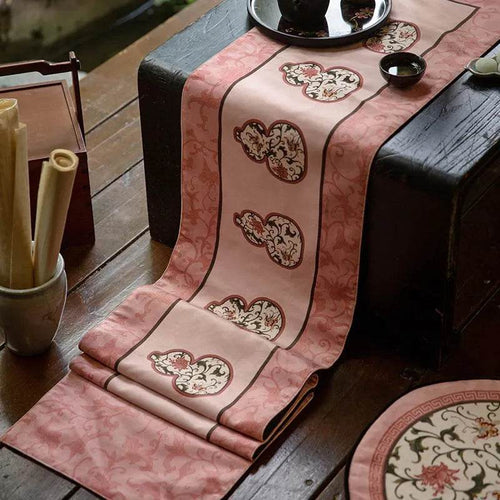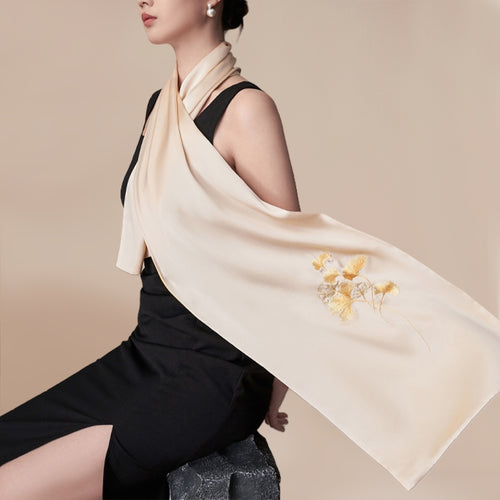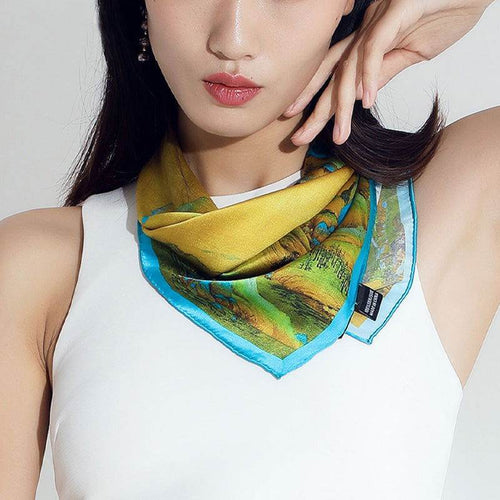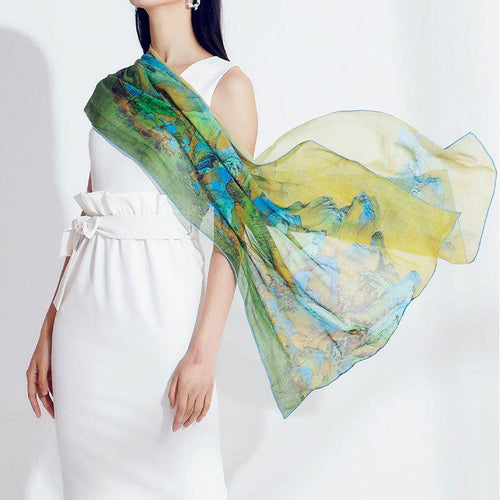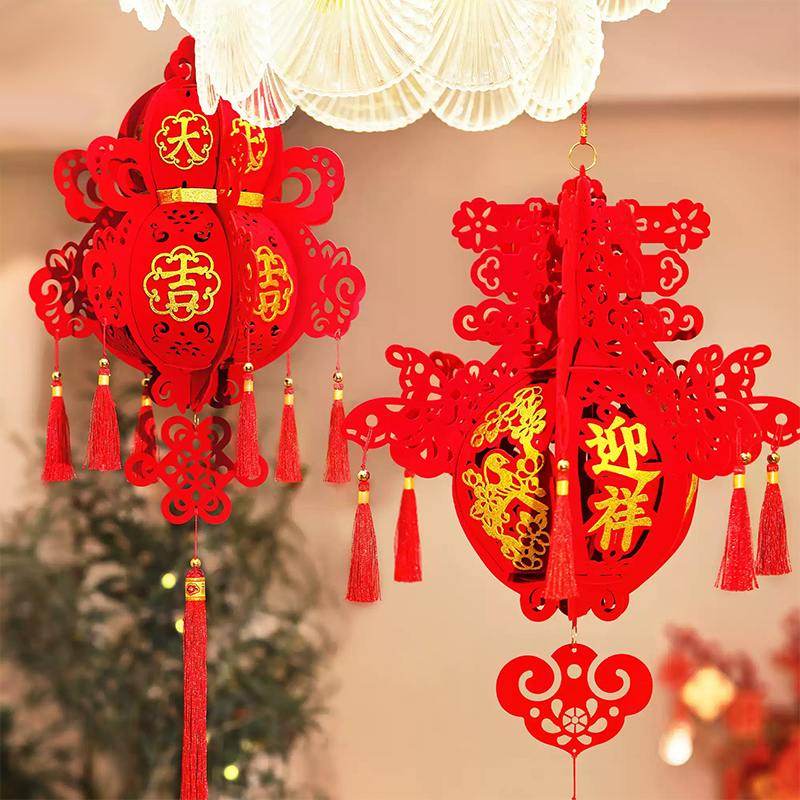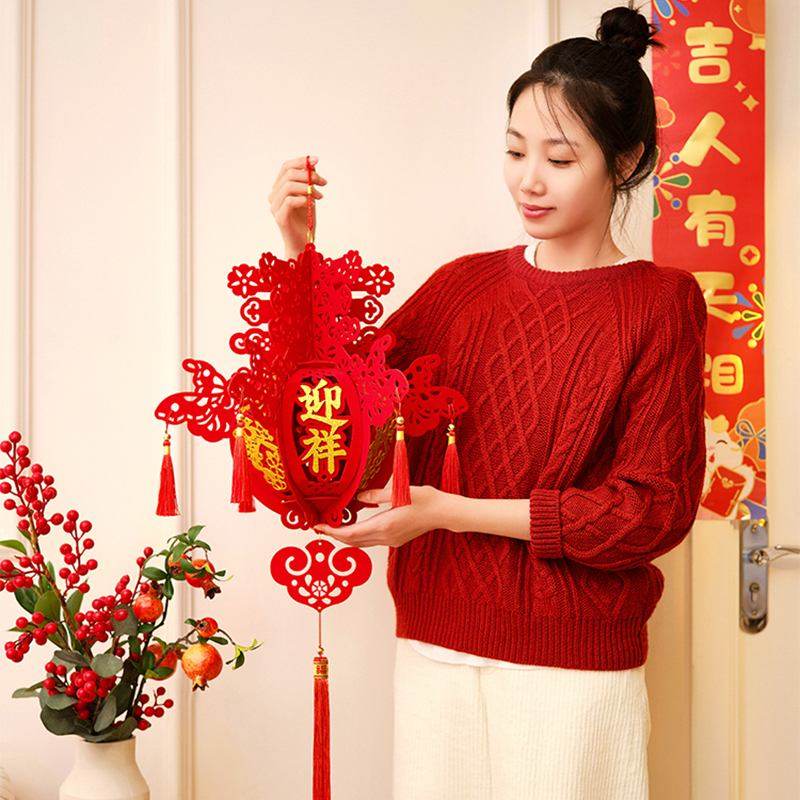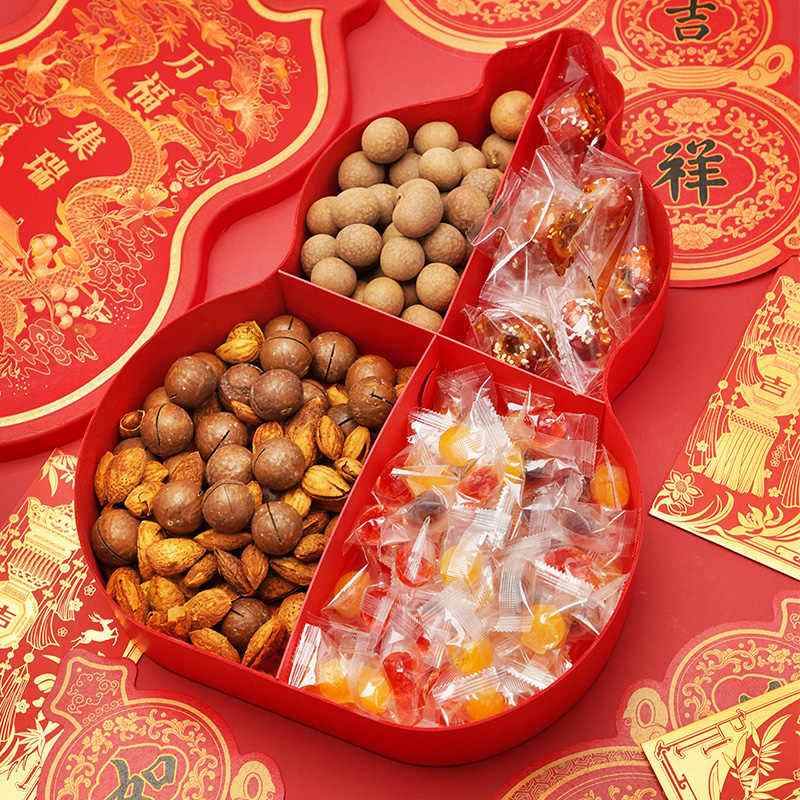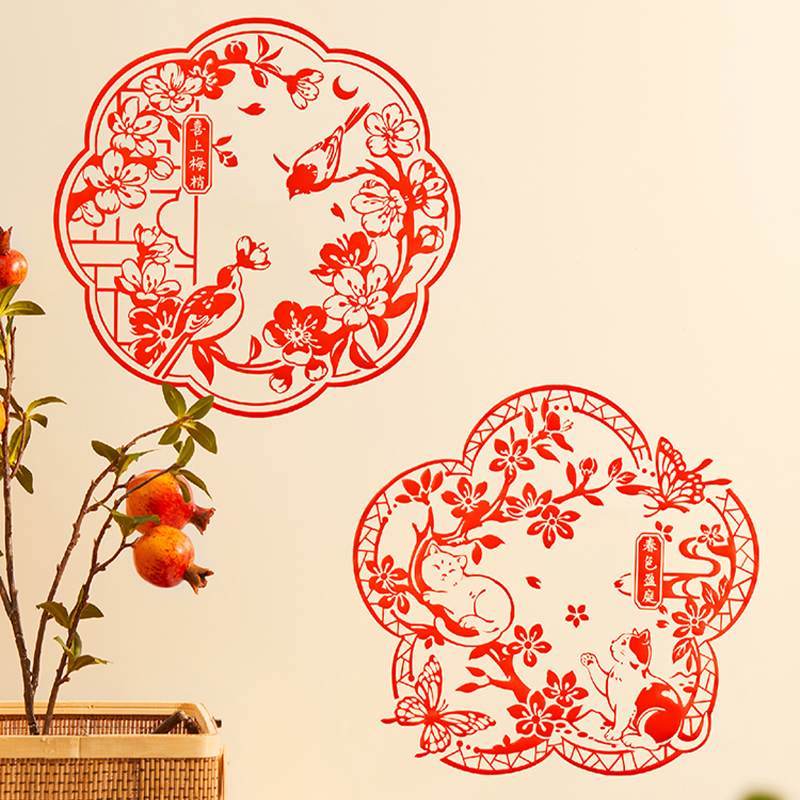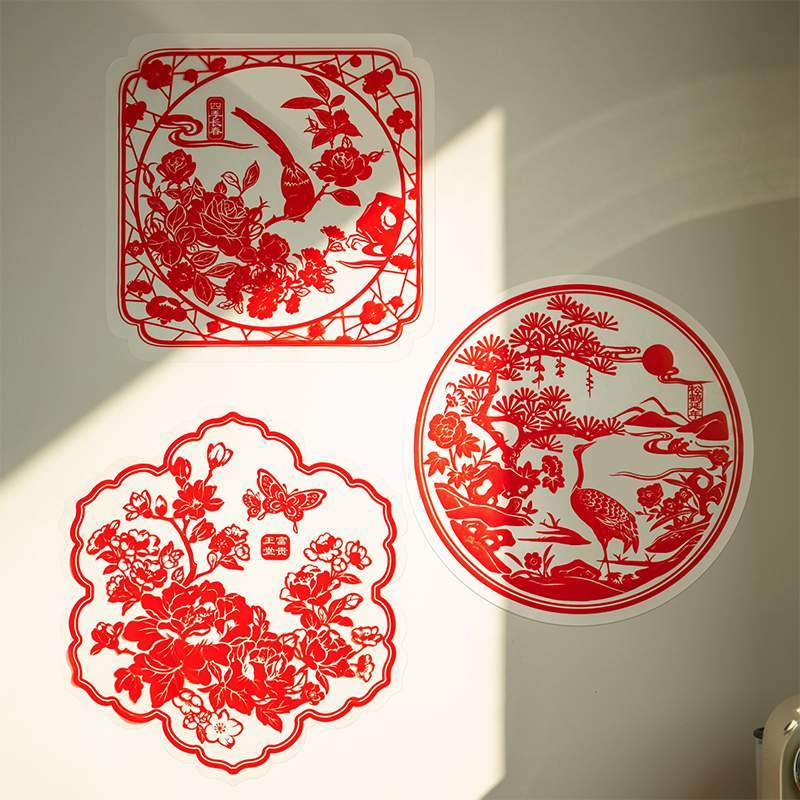The color red is the undeniable heart of Chinese New Year (Spring Festival). It blankets everything from home decorations and festive outfits to iconic red envelopes, embodying deep cultural values that go far beyond simple aesthetics. This guide explores why red is the most important color for this vibrant holiday, its legendary origins, and its significance for Chinese New Year 2026.
Key Takeaways: The Meaning of Red in Chinese Culture
-
Core Moral: Red symbolizes good fortune, happiness, success, and prosperity.
-
Key Feature: The color is believed to ward off evil spirits, negativity, and bad luck.
-
Central Legend: The tradition stems from the ancient story of scaring away the mythical Nian beast with the color red.
-
Representative Decorations: Red lanterns, paper cuttings, and couplets are the most common decorations.
Looking for Chinese new year gifts? Explore our collection: Chinese New Year Gifts 2026:Year of the Horse Lucky Ideas|SinoCultural
Why is Red Considered a Lucky Color in Chinese Culture?
In Chinese culture, the color red (红, hóng) is powerfully associated with positive energy, vitality, and joy. This symbolism is not random; it is deeply rooted in ancient philosophy and tradition.
-
A Symbol of Good Fortune and Happiness: Red is considered a primary yang color, representing life, fire, and vitality. During Chinese New Year, homes are adorned with red to attract prosperity and happiness for the coming year. Explore our Red Decorations.
-
A Shield Against Evil: More than just attracting good luck, red is believed to actively drive away bad luck and evil spirits. This protective quality is a cornerstone of its importance during the festival.
What is the Legend of the Nian and the Color Red?
One of the most famous legends tied to Chinese New Year is the story of the "Nian" (年兽), a ferocious beast that terrorized villagers on New Year’s Eve.
According to folklore, the Nian would emerge from the sea to devour livestock and people. The villagers lived in fear until they discovered the beast's weaknesses: it was afraid of loud noises, fire, and the color red.
To protect themselves, they began pasting red paper on their doors, hanging red lanterns, and lighting firecrackers. The strategy worked, and the Nian was scared away. This practice became a central tradition of the Spring Festival, and the color red forever took on a protective and celebratory meaning, symbolizing triumph over adversity.
What are the Most Common Red Decorations for Chinese New Year?
The use of red in Chinese New Year decorations is extensive, with each item carrying a unique blessing.
1) Red Lanterns(灯笼, Dēnglóng)
Hanging red lanterns is perhaps the most iconic tradition. They symbolize a bright future, reunion, and harmony. Their warm glow is believed to light the way for good fortune to enter the home.
2) Red Couplets (春联, Chūnlián)
These are pairs of poetic verses written in black or gold calligraphy on red paper and pasted on either side of a doorway. They express wishes for health, wealth, and prosperity for the new year.
3) Red Paper Cuttings(剪纸, Jiǎnzhǐ)
Intricate designs cut from red paper are placed on windows and walls. These often feature auspicious characters like 福 (fú - fortune) and motifs of animals or flowers, amplifying blessings for the household.
4) Red Envelopes (红包 hóng bāo)
During Chinese New Year, elders give red envelopes to younger generations for two main reasons: first, to ward off evil spirits and protect children, expressing their wishes for the children's health and safety; and second, to convey blessings for the younger generation, symbolizing "peace and prosperity year after year(suì suì píng ān , cái yuán guǎng jìn) ."
What is the Lucky Color for Chinese New Year 2026?
While specific Feng Shui colors may vary based on the zodiac animal (2026 is the Year of the Horse), red is always the primary and most important lucky color for the Chinese New Year festival itself.
For 2026, you can embrace the festivities by:
-
Wearing Red: A new red outfit is believed to bring good luck for the entire year.
-
Decorating with Red: Adorn your home with the traditional red items mentioned above.
-
Giving Red Envelopes: Continue the tradition of giving hongbao to children and elders.
The Psychological Impact of Red in Modern Celebrations
Beyond its cultural symbolism, red has a profound psychological effect. It's a stimulating color that evokes excitement, warmth, and celebration, enhancing the festive atmosphere.
While traditions remain strong, modern interpretations have emerged. You can now find minimalist red decor, LED lanterns, and digital red envelopes shared on social media, allowing new generations to celebrate the festival's heritage in creative ways.
Frequently Asked Questions (FAQ)
1. What is the significance of the color red during Chinese New Year?
The color red signifies good fortune, happiness, and prosperity. It is also believed to be a powerful color that can ward off evil spirits and bad luck, stemming from the legend of the Nian beast.
2. Why do people hang red lanterns during the Spring Festival?
Red lanterns are hung to symbolize a bright and hopeful future. They represent family reunion and are believed to bring good luck into the home.
3. What do the colors red and gold represent in Chinese New Year?
Red represents luck and prosperity, while gold (or yellow) symbolizes wealth, fortune, and royalty. The combination is considered extremely auspicious.
Welcome to the Year of Fire Horse 2026: Exploring Chinese Zodiac Horse
Six Guide to Decorating Your Home for Chinese New Year 2026
Rich Traditions and Customs of Chinese New Year’s Eve 2026
